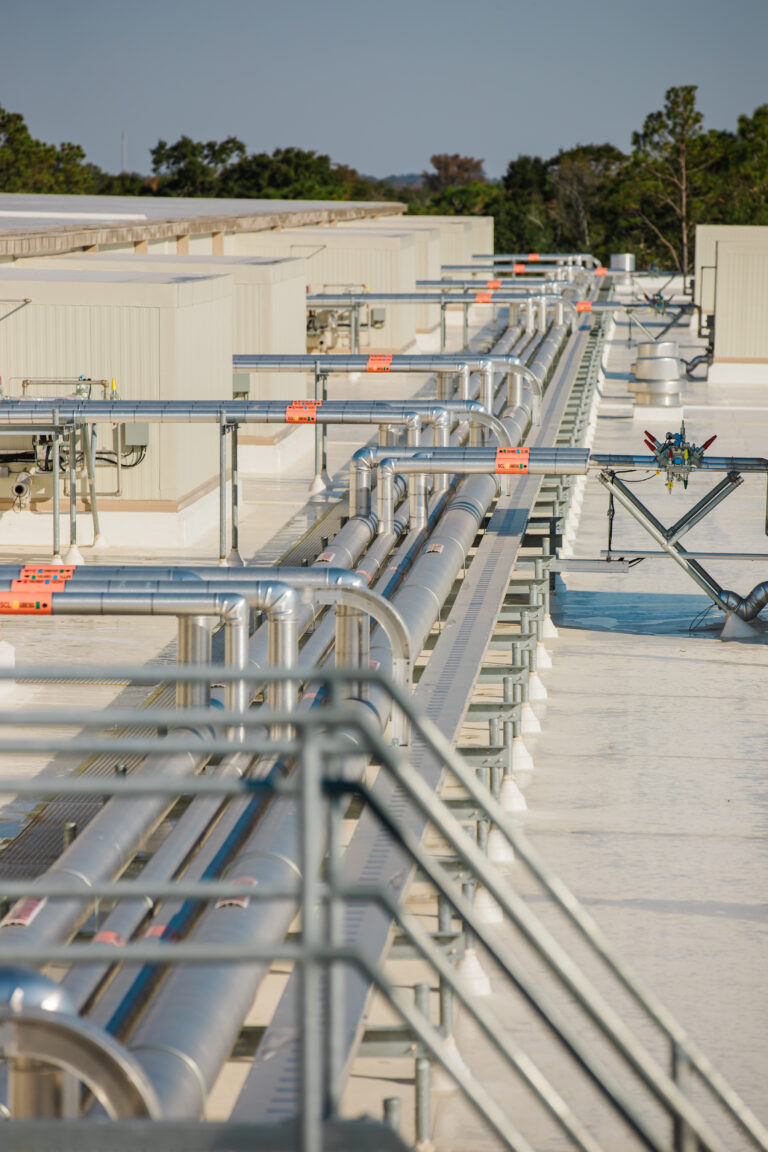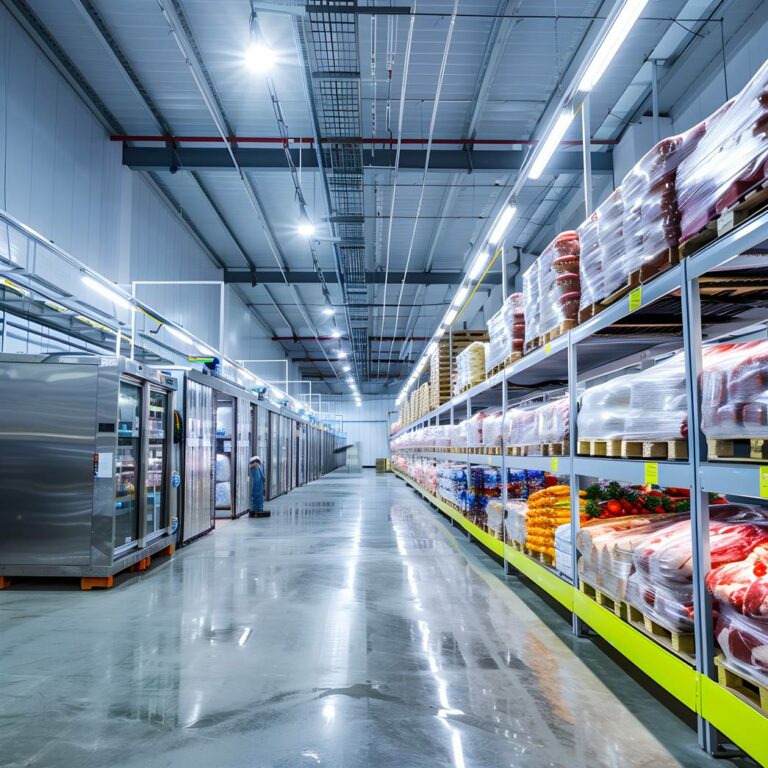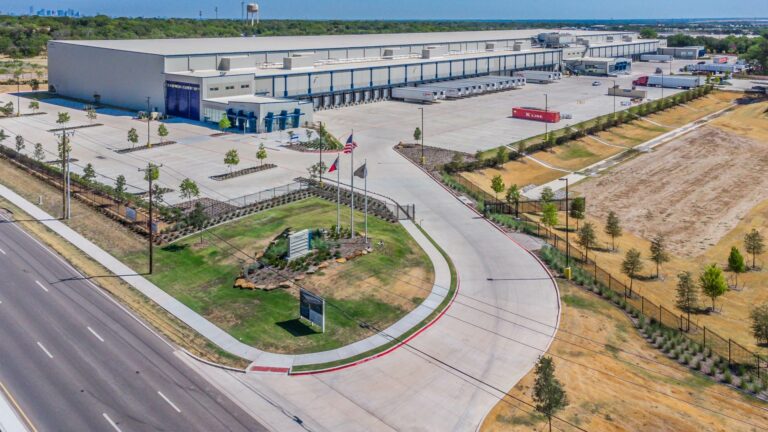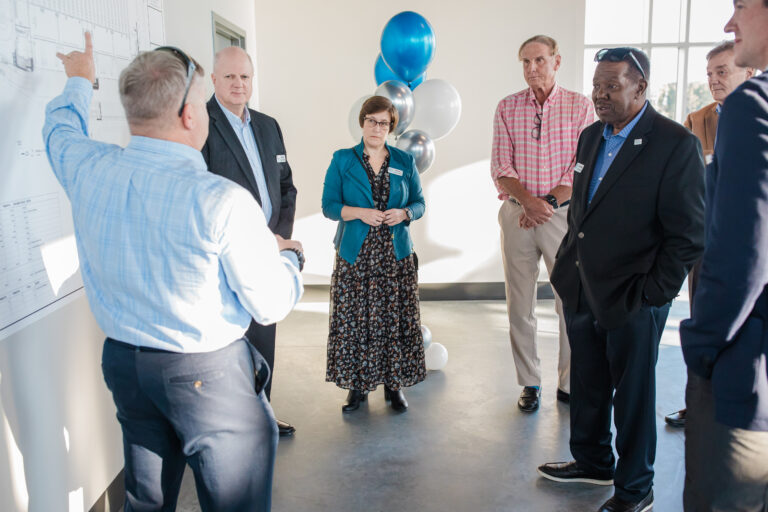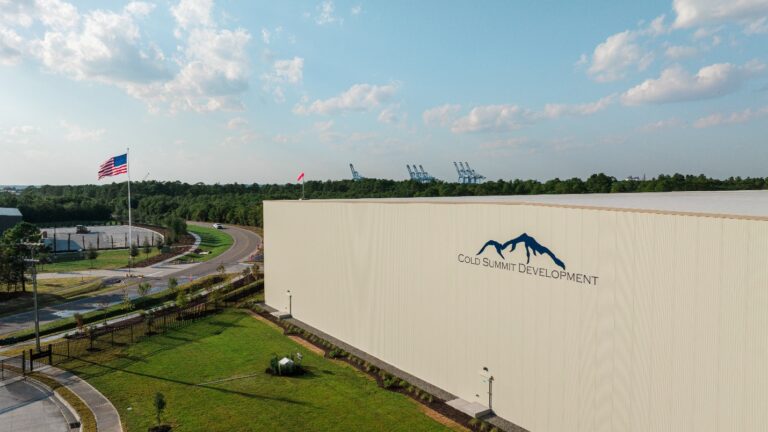Client Overview
A global maritime shipping company set out to expand its presence in the U.S. cold storage market by developing a strategically located port-based cold storage facility. The company aimed to strengthen its North American logistics operations and enhance its ability to serve international trade lanes. To support this market entry, the client needed expert guidance across the full spectrum of cold storage consulting services—including market analysis, site selection, facility design, and financial modeling—to inform both capital planning and operational strategy.
Challenges
The client faced several complexities in navigating the competitive and highly specialized U.S. cold storage development landscape.
-
Port location strategy was critical, requiring a balance of import/export volume potential, multimodal transportation access, and proximity to customer demand.
-
The design of the facility had to incorporate specific cold chain requirements such as blast freezing capabilities and rail integration, while maintaining layout flexibility and energy efficiency.
-
Developing reliable cost models and return projections was essential to support internal business case development and investment approvals.
-
The company also needed to understand a wide range of infrastructure, regulatory, and operational considerations, from entitlement risk to utility capacity, to ensure seamless development and long-term functionality.
Cold Summit’s Solution
Cold Summit applied its comprehensive cold storage consulting expertise to deliver a tailored, data-driven solution supporting the client’s U.S. market expansion strategy.
Cold Storage Market Analysis & Site Identification
Cold Summit began with a nationwide evaluation of cold chain logistics markets, assessing multiple U.S. port locations based on import/export flow potential, labor access, infrastructure readiness, and land availability. The analysis focused on identifying markets with the best conditions for efficient cold storage operations and long-term growth, aligning with the client’s logistics and service objectives.
Site Pursuit & Acquisition Strategy
Following the identification of preferred regions, Cold Summit led due diligence and acquisition planning, helping the client evaluate zoning, entitlement risk, access to utilities, and proximity to rail and highway infrastructure. This approach ensured the chosen location would support both initial facility construction and future scalability within a cold chain development framework.
Facility Design & Operational Planning
Through a series of collaborative design sessions, Cold Summit worked with the client to define the optimal layout, cold storage configurations, and operational workflows. The design incorporated blast freezing systems, flexible temperature zones (-20°F to 55°F), and direct rail integration. Cold Summit applied advanced energy modeling and sustainability best practices to optimize layout efficiency, reduce operational costs, and prepare the facility for future automation and environmental compliance.
Financial Modeling & Cost Estimation
To support internal investment decisions, Cold Summit developed detailed capital expenditure estimates, operational cost projections, and multi-scenario ROI models. These financial planning tools allowed the client to compare new build versus lease strategies, assess market-entry timing, and prepare investor-facing materials for executive approval.
Strategic Industry Partnerships & Integration
Cold Summit also introduced the client to key U.S. rail service providers, enabling smooth integration of intermodal logistics. Additionally, connections to cold storage equipment suppliers and vendors ensured the project was supported by reliable, high-performance systems from design through implementation.
Results & Impact
The consulting engagement led the client to select a Southeastern U.S. port as its entry point into the American cold storage market, based on its strategic logistics advantages, infrastructure readiness, and proximity to international trade lanes. Cold Summit was retained to design and deliver a 286,000-square-foot rail-served freezer/cooler facility, featuring:
-
3 million pounds per day of blast freezing capacity, supporting high-throughput export operations.
-
Flexible temperature zones to accommodate a broad range of perishable goods.
-
Integrated rail access, allowing seamless intermodal transfers between ocean, rail, and over-the-road shipping.
-
High-efficiency systems, supported by Cold Summit’s proprietary energy modeling and sustainability planning.
Conclusion
Cold Summit’s full-scope cold storage consulting services provided the foundation for a high-performance, scalable cold chain operation tailored to the needs of a global maritime client. From site selection and facility design to cost modeling and industry connections, Cold Summit aligned cold storage infrastructure with the client’s business strategy and long-term growth goals. The result was a purpose-built logistics facility positioned to drive value in the U.S. cold chain market for years to come.

